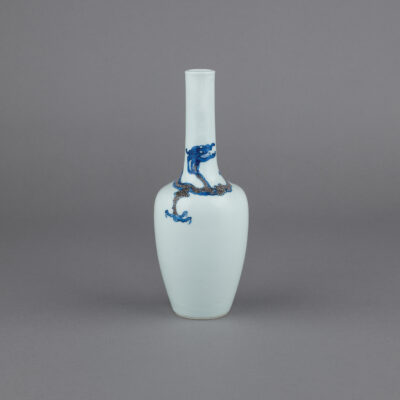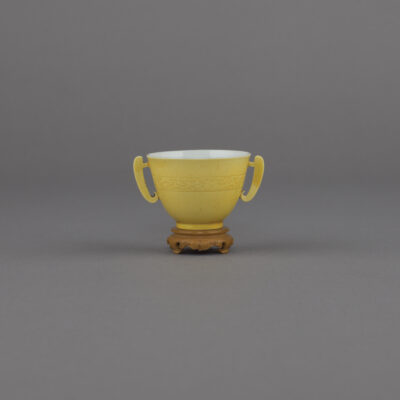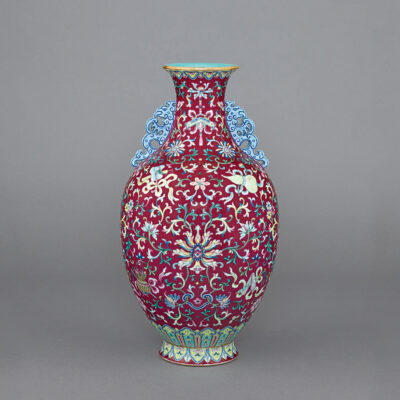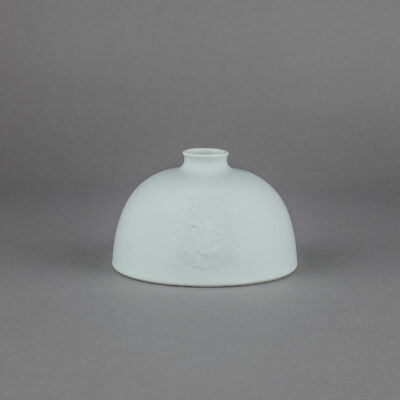1 – M5144
Description
Chinese imperial porcelain underglaze blue and copper-red bottle vase with tapered baluster body, chang jing ping, tall cylindrical neck and lipped rim, painted with an open-mouthed three-clawed chilong dragon encircling the body, the scales in underglaze copper-red.
The base with a four-character mark of Kangxi within a double ring in underglaze blue and of the period, 1662-1722.
8 ¾ inches, 22.3 cm high.
Provenance & Additional Information
- From the collection of Brayton Ives (1840-1914).
Brayton Ives was a Civil War general and president of the Northern Pacific Railway and the New York Stock Exchange. He was an avid collector of Chinese porcelain and his immense collection was sold by the American Art Association in 1891 and 1915.
- Sold by the American Art Association, New York, 9th-14th March 1891, lot 151.
- Sold by Christie’s New York in their auction of Fine Chinese Ceramics and Works of Art, 28th March 1996, lot 358, 220/1.
- Sold by Sotheby’s New York in their auction of Kangxi Porcelain, A Private Collection, 22nd September 2020, lot 109, 38/9, where it notes, “the present vase belongs to a small group of Kangxi-marked underglaze- painted bottle vases featuring dragons coiled around the vessel’s neck and shoulder and is exceptionally rare for the four-character reign mark on its base”.
- Two others, painted in copper-red, with the dragons’ eyes in underglaze blue, from the collections of Richard Bennett, Thornby Hall Northampton, and Insley Blair (1870-1939), are included in The J. Insley Blair Collection of Chinese Porcelain, Tuxedo Park, New York, 1925, pl. 1, nos. 103 and 104, and were sold by Christie’s Hong Kong in their auction of Important Chinese Ceramics and Works of Art,
28th November 2012, lots 2116 and 2117, pp. 30-33.
- The dragon, long, is ranked first among mythical beasts and symbolises Together with the phoenix, which heads all the winged creatures, it symbolises the emperor and empress, as well as conjugal bliss.
Representing high rank and power, the dragon’s image ornaments the robes of emperors and princes.












